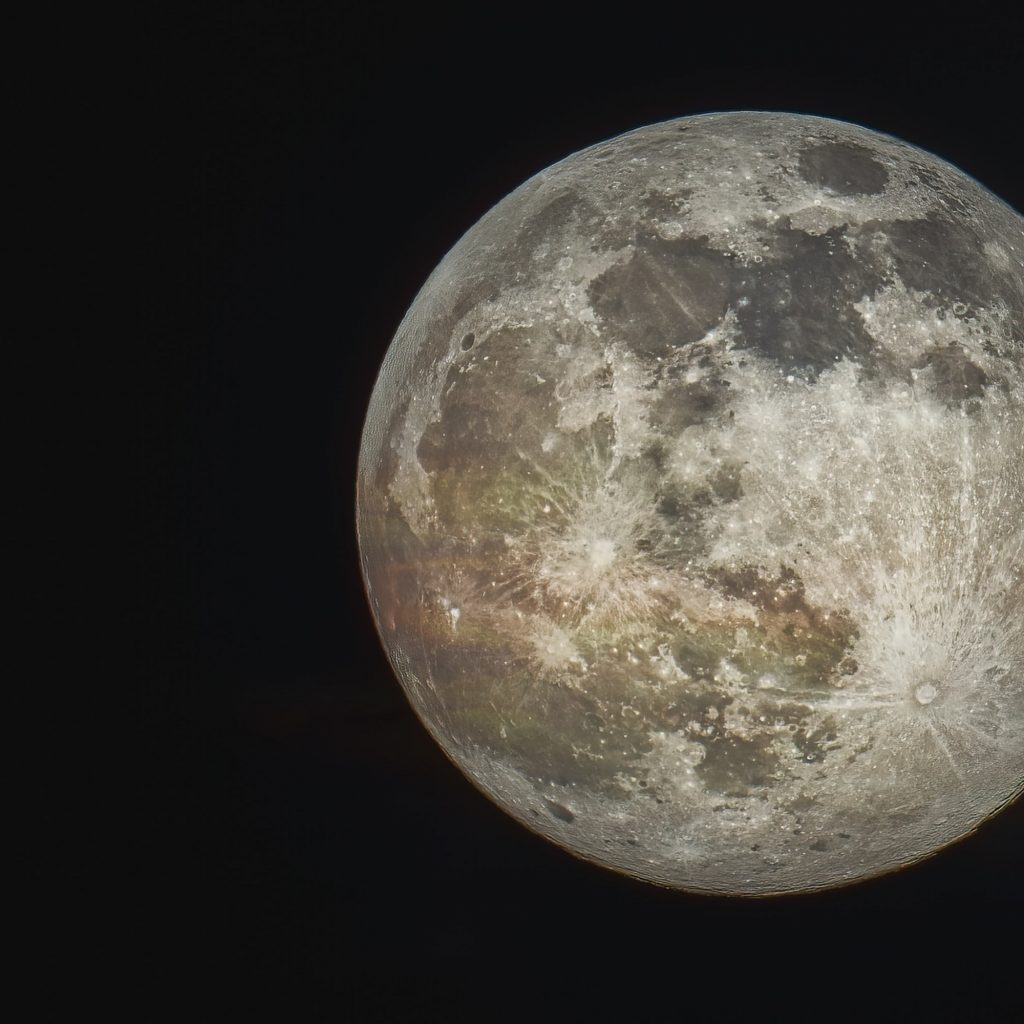
If you were to look up names for the thirteen full moons in a year, you would almost certainly discover a fairly standardized list. The source of this list is almost always the Farmers’ Almanac, which popularized its “full moon names” in the 1930s. In turn, the most likely original source for the Almanac’s list is an earlier list entitled “Indian Month Names,” which was published in 1918 by Daniel Carter Beard in his The American Boys’ Book of Signs, Signals, and Symbols, for use by the Boy Scouts of America. Nearly every list of full moon names you find will have a vague description of the origin of the names as “American Indian,” with little or no explanation. (To their credit, the Farmers’ Almanac has recently updated their descriptions to include multiple sources for the names they use.)
Like many things that have been ascribed a nonspecific connection to Indigenous cultures, these names have at least as much to do with colonial folklore and Americana. In fact, many of the names, for instance “Hunter’s Moon,” actually have their roots in Europe. Most Native American tribes do have names for full moons, but the United States is a big country, and many different tribes call it home. Each tribe’s name for a moon is specific to their climate and purposes. Even within the same language, there are many different names for a moon based on different locales. A Sturgeon Moon is only relevant to you if you live somewhere where sturgeon also live and if they have some sort of cultural significance for you.
Traditional full moon names are a type of phenology; they help record significant natural events that occur year after year. Phenology is the study of natural cycles and seasonal phenomena, especially how climate relates to plant and animal events, such as flowering, leafing, hibernation, reproduction, and migration. Dating back thousands of years, phenology is one of the oldest branches of environmental science. Phenology is nature’s calendar: when cherry trees bloom, when a robin builds its nest, and when leaves turn color in the fall.
Phenological observations have been used for centuries by farmers to maximize crop production and by nature lovers to anticipate the best times to view various natural phenomena. Many birds somehow time their nesting so that their eggs will hatch when insects are most available to feed their babies. Likewise, insect emergence is often synchronized with the leafing out of host plants in the spring. The Chinese are thought to have kept the first written records of phenological observations dating back to around 974 B.C.E., but we know that observations of natural changes have shown people when seasons begin and end since pre-agricultural times.
Rather than relying on a list of full moon names that someone picked specifically for Boy Scouts in the early 1900s, why not think about what is happening at your place at different times of the year? Once you get into the habit of making phenological observations, it’s kind of addictive: When do your raspberries ripen each year? (The ripening times of various berries factor heavily into various traditional moon names.) When do certain buds break out or particular flowers start to bloom? If where you live the leaves don’t change color in the autumn, what else is happening? Recording observations on a phenology wheel can be fun and beautiful, but I find it somewhat limiting. I instead recommend the less poetic but extremely functional spreadsheet. No beautiful watercolors, but lots of information. You can divide it by month, week, or even day and keep making new columns every year. You’ll soon have a fascinating picture of what to look for when, and how timing is shifting in sync with climatic changes. Then maybe your favorites for each month can make their way into a phenology wheel, or into your own full moon name!
